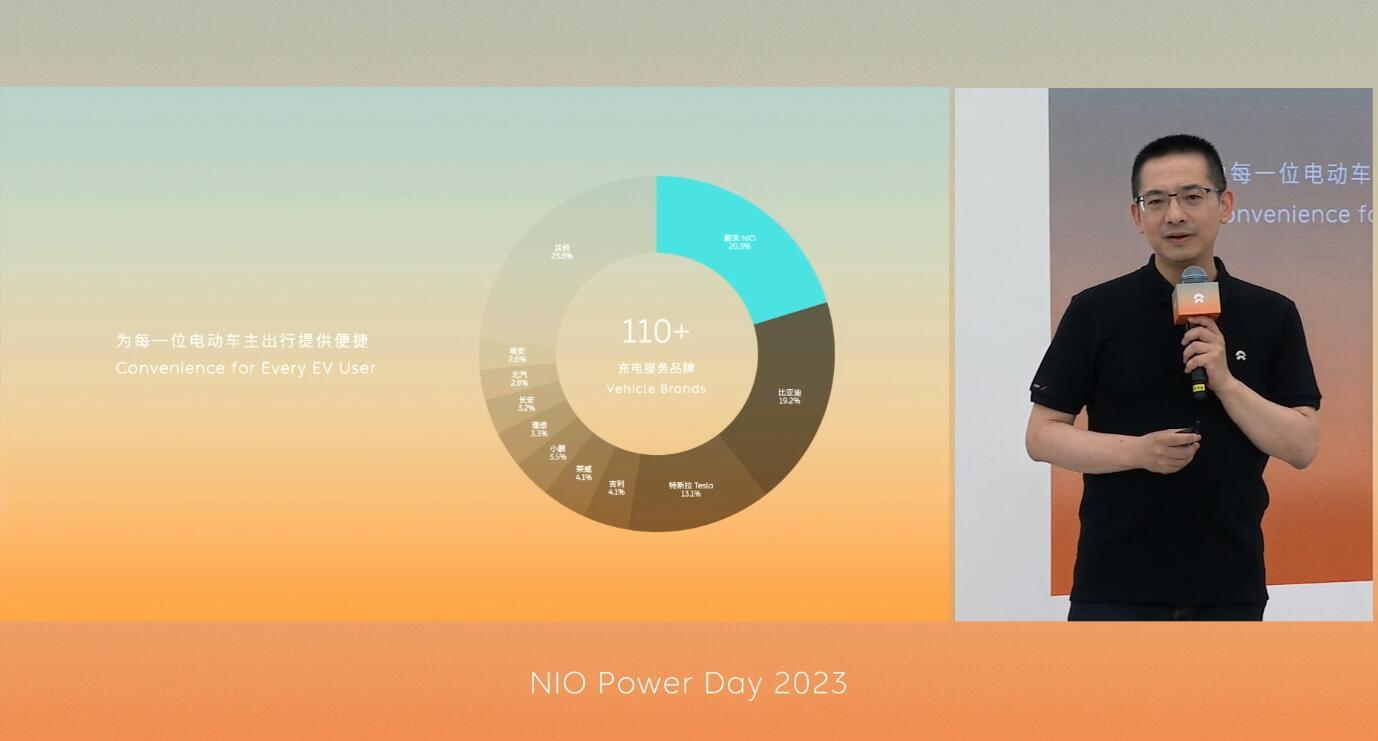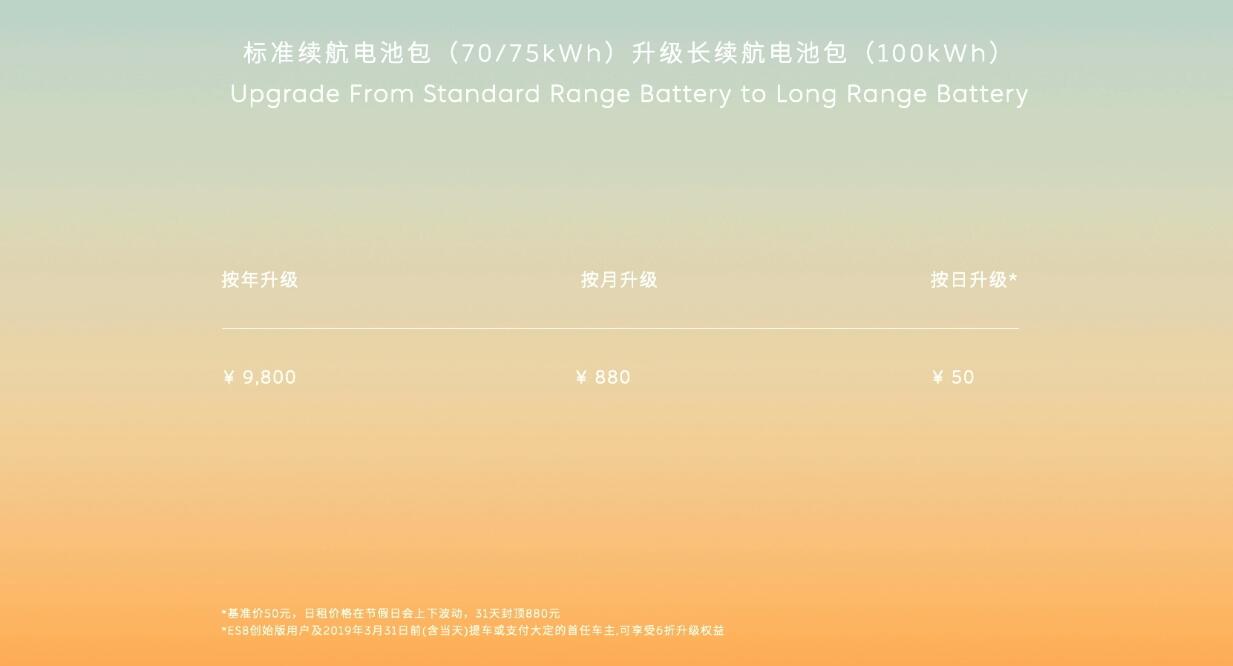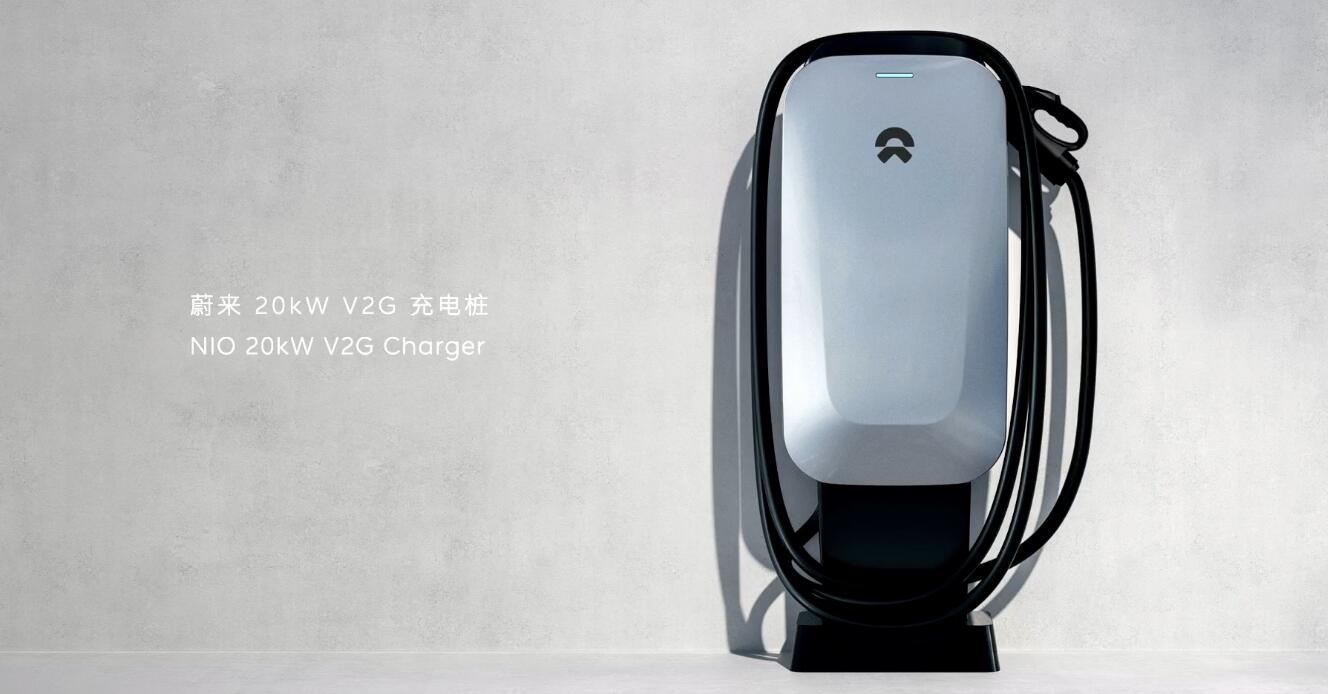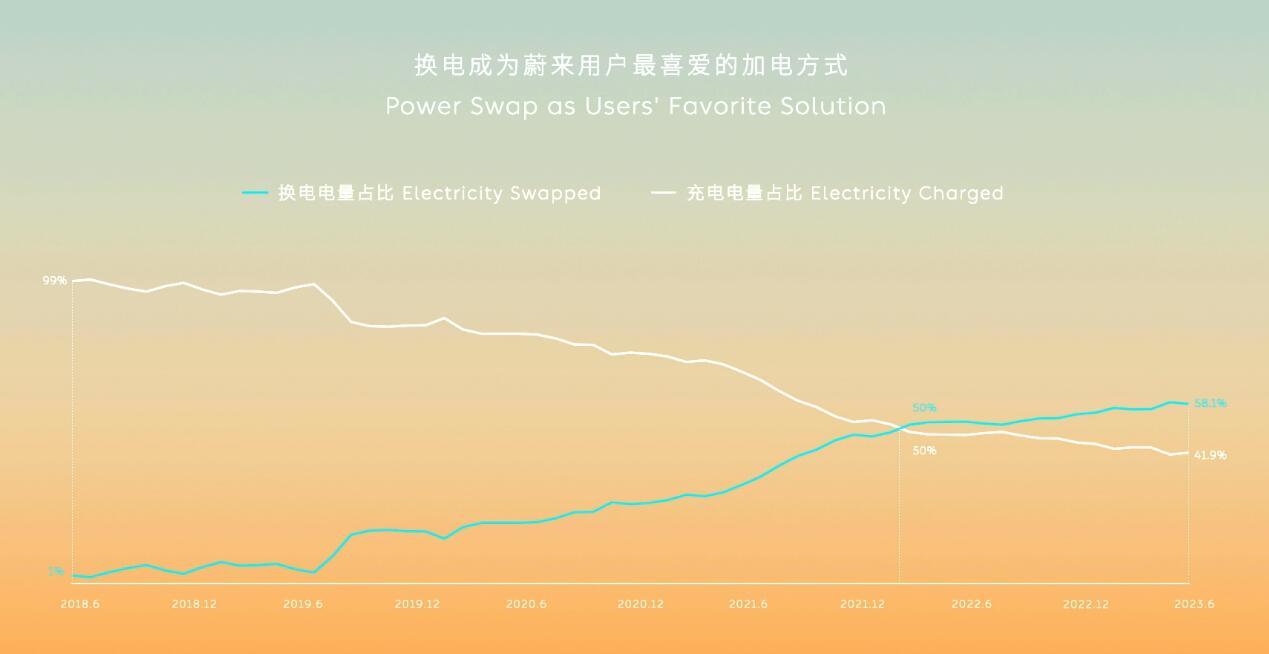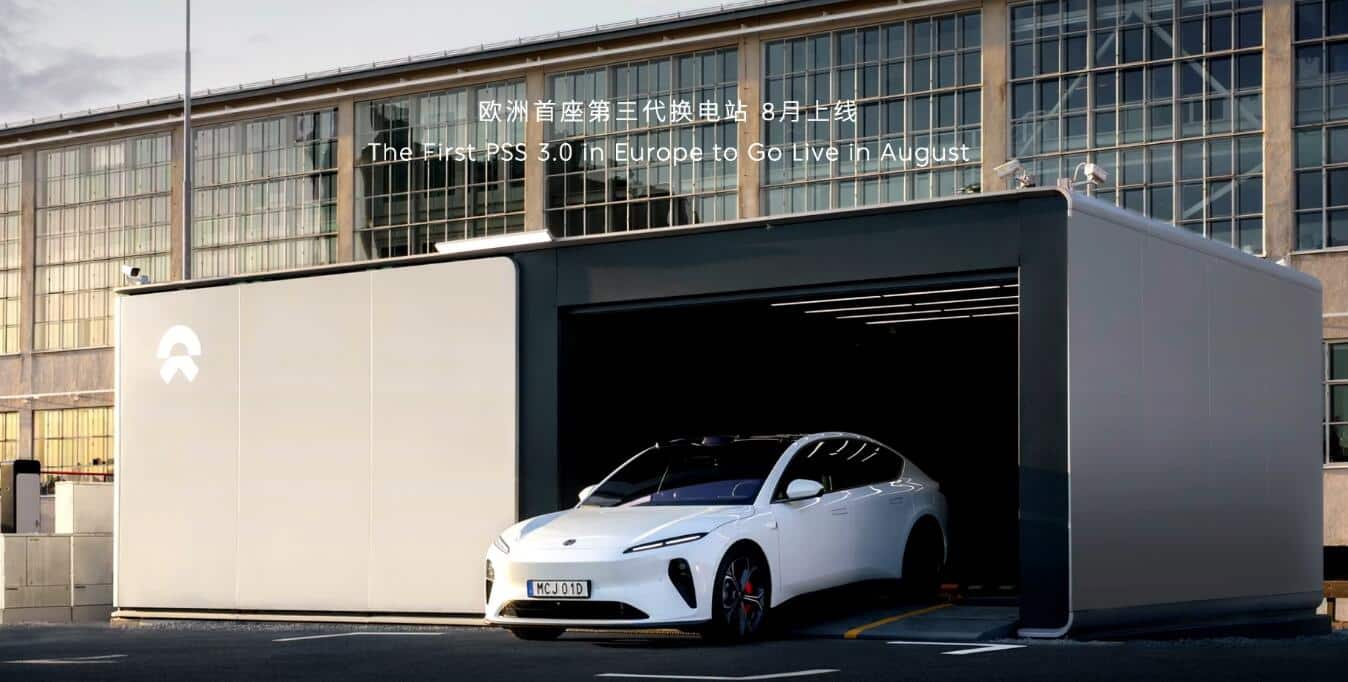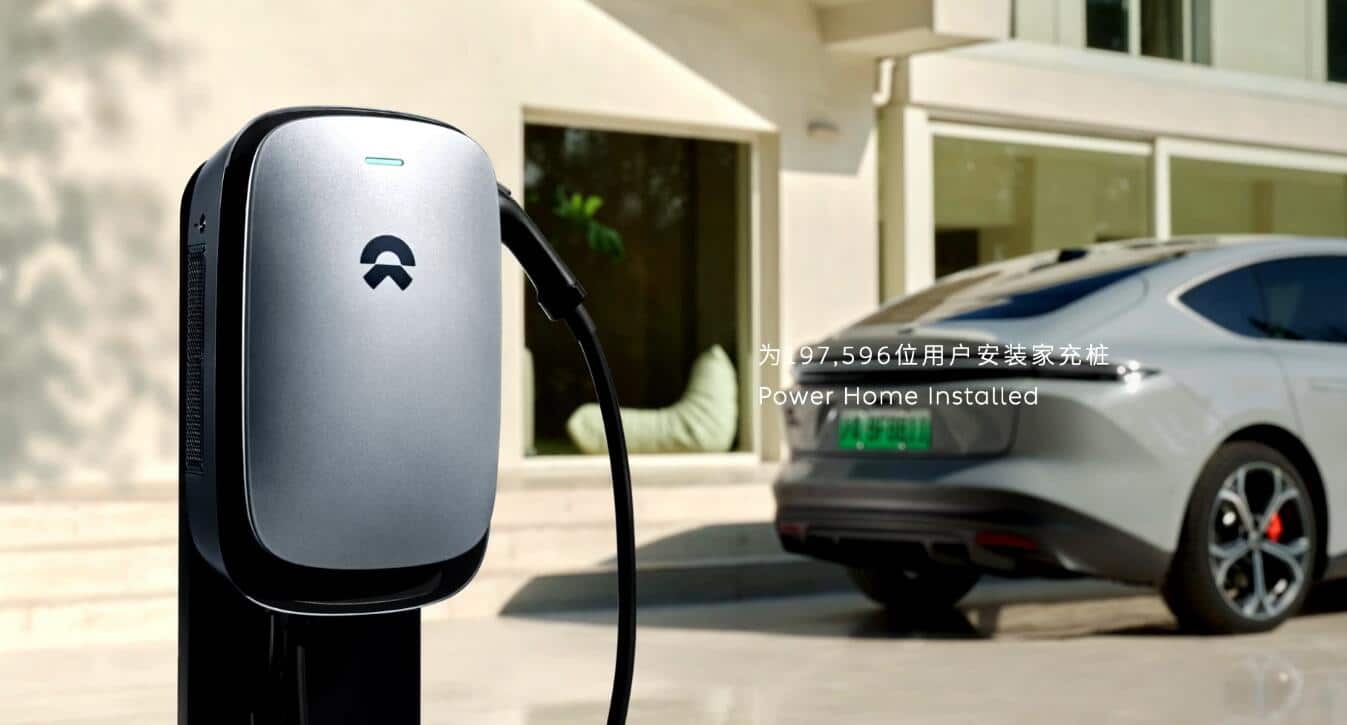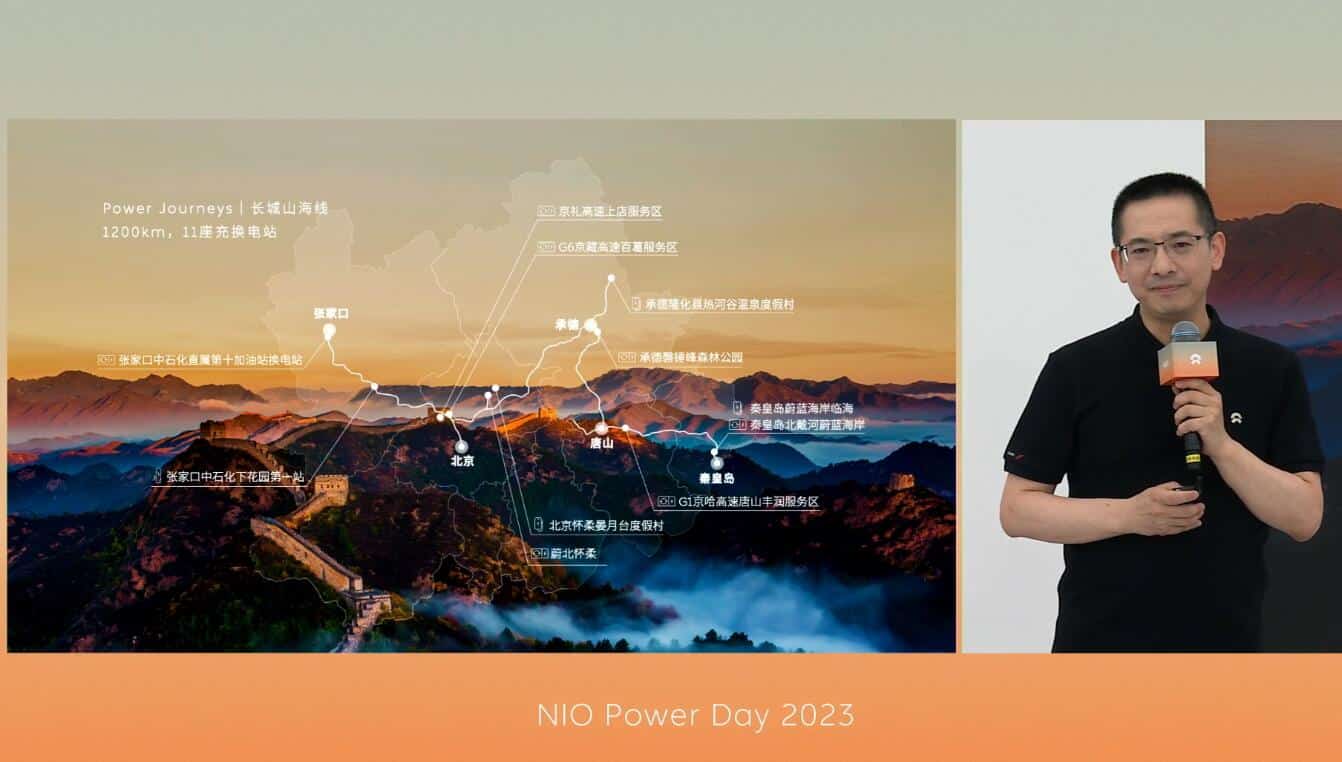Nio (NYSE: NIO) is hosting a new Nio Power Day event, the electric vehicle (EV) maker's third annual presentation on its power-up system.
CnEVPost is providing live text updates on the event's main content in this post, with the latest content at the top.
From the Q&A session:
Nio's third-generation battery swap stations can serve both Nio-branded and Alps sub-branded models.
There's a slight change in the availability of Nio's 150-kWh packs, but it's coming soon, and there will be a dedicated event for it.
The model of upgrading batteries on a daily basis was originally intended for 150-kWh packs, as upgrading on a monthly basis might seem more expensive.
Nio may meet its target of adding 1,000 battery swap stations this year a month ahead of schedule. The aggressive infrastructure plan will continue next year.
There is a high probability that Nio will add more than 100 battery swap stations in July.
Nio currently has three battery swap station assembly plants in China.
Nio deliveries are picking up, and there is indeed some internal cannibalization between the models, but in terms of strategic thinking across the lineup, a premium brand will tend to offer more personalized products to its users.
From the press event:
Nio will allow customers the flexibility to upgrade their battery packs on a daily basis, with the price per day for upgrading from a 70/75 kWh standard range pack to a 100-kWh long-range pack being RMB 50 ($7).
Previously the company allowed owners to upgrade their batteries on a yearly and monthly basis.
Qin Lihong summarizes the 9 benefits of battery swap:
Vehicles interact with the grid to help load shift and reduce energy waste.
As fast as refueling.
Go anywhere without range anxiety.
Hassle-free swap without leaving the car.
Flexible upgrade for urban commute and getaways.
Lowering the barriers to vehicle purchase.
Batteries are safer by getting checked at every battery swap service.
Ideal charging current for longer battery liefe than supercharging.
Easier to recycle and reuse swappable batteries.
Prior to the launch of Nio's battery flexible upgrade program, half of the customers chose a standard-range battery pack at the time of purchase and the other half chose a 100-kWh long-range battery pack.
When the program became available, 90 percent of customers chose the standard range pack, which can help save 17 percent on raw battery materials.
To date, Nio has provided more than 80,000 battery upgrades to customers.
Nio unveils 20-kW V2G (vehicle-to-grid) charger that allows vehicles to feed power to the grid.
Nio is the first car company to connect virtual power plants.
So far, Nio has 1012 battery swap stations involved in grid load shifting.
Nio utilized the Athena system for the selection of sites for battery swap stations based on big data, and the system's recommendations overlapped 93 percent with the wish lists submitted by Nio users.
Currently, about 60 percent of the power for Nio vehicles comes from battery swap stations.
Nio's first third-generation battery swap station in Europe is expected to be available to customers in August.
Nio started putting its first 500-kW ultra-fast chargers into operation on April 17, adding 500 such chargers in about 100 days so far.
To date, Nio has 1,564 battery swap stations and 1,509 supercharging stations providing 7,394 superchargers in China.
Nio's battery swap stations in China are expected to reach 1,600 next week.
As of today, Nio has installed home charging piles for over 197,596 customers.
By the end of 2023, Nio's battery swap stations in Europe are expected to reach about 50.
Nio has opened 60 power-up routes under the Power Journeys program.
Power Journeys was originally called Power Up plan and was first announced in late September 2020 at the Beijing auto show. On the first day of this year's Shanghai auto show on April 18, Nio announced the upgrade of Power Up Plan to Power Journeys.
Nio co-founder and president Qin Lihong began his presentation.

